The Inauguration of Legal Lane Splitting and Filtering in Minnesota
This week, on July 1, 2025, a new Minnesota law legalizing motorcycle lane splitting and filtering goes into effect, and I support this new law.
The option (it’s not required) for motorcyclists to ride between two rows of cars and trucks through congested situations has been controversial long before this new law was written and passed. The practice will remain controversial for a long time, not only among drivers but also for many motorcycle riders. Opinions about motorcycles and scooters moving between lanes through congested traffic is yet another example of the old saying: “There are two groups of people in the world, those who ____ (…like lane filtering) and those who ____ (…don’t)”. For the purpose here, let’s label those who favor the new law: ‘commuting-utility-transportation-mildly-hooligan-riders’ and those who dislike it: ‘fair-minded-safety-conscious-drivers-and-riders.’
With most traffic laws I lean a bit toward the mildly hooligan and transportation-riding side but still place myself nearer the middle of than either extreme, which means I sometimes enjoy playing around with the dynamic capabilities of whatever motorcycle or bicycle I’m riding, so long as it doesn’t upset, impact or otherwise endanger or concern anyone else. This means no flagrant (or even small) wheelies or stoppies in traffic, no loud exhausts, and no anti-social riding behaviors when sharing the road with others. But if nobody else is around, it’s ok with me if riders play around a bit. And if it comes to avoiding a dangerous traffic situation where I’m highly vulnerable, I’ll briefly transition into a selfish road pirate by doing whatever is necessary to protect myself -- regardless of applicable laws and rules of the road -- so long as my actions do not endanger anyone else.
A Short Personal Story: Experimental Lane Splitting
I’ve grown up riding here without being able to lane split and filter. Forty years ago, when I was starting Aerostich there was no internet, only monthly print motorcycle magazines. Most were headquartered in Southern California, partly because this is where the Japanese motorcycle manufacturers had their American headquarters, and partly because the weather and roads there were so favorable for riding all year around. To help promote the new (and at the time radical) Aerostich products I made friends with many of the magazine editors and writers there by sending them samples to try, and by riding out to California to meet with them.
When riding there I always enjoyed filtering. Many riders did it, including state police on motorcycles, even though it had never been formally made legal. It saved huge amounts of time. To this day it is difficult for me to understand why most drivers there prefer to sit motionless on congested freeways instead of riding. Our time is the only limited resource on the planet and riding through congestion gives us a lot more of it.
After my second or third trip out there, one very hot day I found myself in congested traffic here and decided to very carefully filter a few hundred feet to the front. Back then not all autos had climate control systems so many drivers and passengers had their windows lowered. You should have heard some of them yell (loudly!) as I slowly motored between the creeping and mostly stopped rows of cars. Some blew their horns and others shook their fists at me.
You would have thought I’d committed a most terrible and outrageous act against all of humanity. I could immediately see none of these people had ever experienced driving through Los Angeles’s famously overcrowded freeways. The reaction was so violent that within a few hundred feet I fell back into line (like the coward I wish I wasn’t), afraid one of those overheated and overly frustrated drivers would shoot at me like a movie cowboy on a horse might casually shoot a rattlesnake. I never did anything like that again. The strength of the adverse reaction of several of the drivers I’d just passed by was frightening. I’d semi-innocently violated everything they believed in about ‘sharing the road’. No ‘cuts’ allowed.
My guess is it will take five to ten years before lane filtering becomes even half as accepted here as it is across most of the rest of the world. There are simply not as many riders here as there are in Europe, South America, Africa, and Asia. I sure hope no innocent riders will be road-rage-injured-or-killed by some frustrated idiot.
– Mr. Subjective, June 30, 2025
It could be argued that becoming a motorcycle rider requires at least initially a smidgen of idealism and a mildly rebellious and slightly juvenile outlook…yet I know many responsible ‘born old’ riders who love riding motorcycles just as much as I do. One of them is a long-time acquaintance, Curt Quiner. He and his wife and their two daughters have been regular visitors to Aerostich and good customers for decades. Beyond my gratitude for their Aerostich business, I like them for their deep interest in motorcycling and their warmly extended friendship toward me and my co-workers. Curt is partly occupied as a very good evangelical minister, and over the years he’s led the concluding religious service at several of the Very Boring Rally events. (Thanks, Curt!) But despite our similar appreciation of high-quality rider’s gear, Curt and my individual consumption of motorcycling may be a bit different. For some reason, I project he’s a law-abidin’ luxury-touring type rider who enjoys the recreational and hobby aspects of motorcycling in ways I sometimes might not. If this is so (?) he’d fit squarely within the mainstream of American motorcycle riders.
Though we both enjoy riding for relaxation, travel, touring, and recreation, for about the last thirty years my core riding interest has been in daily commuting and utility transportation riding. I suspect this focus may produce a slightly stronger hooligan bias, thus, my near-unconditional support for lane-splitting and lane-filtering legislation.
Minnesota’s new law brings this state into better alignment with how riders in most of the rest of the world consume motorcycling. Done correctly and legally, lane-splitting and filtering make motorcycling through urban congestion situations far safer. The reason is simple: Riders today are being ‘rear-ended’ frequently enough and hard enough to cause serious injury whenever traffic slows unexpectedly. This is happening now due to increased driver isolation and increased driver distraction via popular technological advances like cell phones, complex ‘screen’ dashboards, and highly effective climate-control systems which allow a more comfortable and tightly sealed driver environment. Improved road designs requiring less driver attention is also a factor. This is an example of combined technological advances that are strongly desired by millions directly harming the minority. Legalizing lane splitting and filtering addresses the problem in a fair way.
Making lane splitting and filtering legal also influences a few road users to consider riding more, and driving less, which happens to be good for people individually and for civilization in general: physically, neurologically, sociologically, economically, and ‘psychobiologically’. This isn’t the place to go deeply into all that, but the scientific and statistical proof is out there if you are interested in looking for it. Riding more is good for you, and is good for everyone else, too.
One of my favorite thought experiments is to imagine if normal human reproductive behavior was done in about the same manner several species of spiders do it. Yes, I know people and spiders are very different, but indulge me…First, they mate, then the female spider kills and eats the male spider to help her nourish the tiny spider eggs she is making. If that was how we humans naturally reproduced (eeeewwww!), it absolutely would be universally legal. The best and most successful laws, both governmental and religious, always seem to sanctify and codify what most people naturally tend to do.
I know more than a few responsible and highly experienced riders will find the new law dangerous and threatening. We humans are a super collaborative species for a host of good reasons, and at the top of this list is because collaborating and trusting each other increases our individual chances of successfully reproducing and improves the odds for our individual long-term survival. We prioritize the benefits of collaboration, fill churches and sports stadiums, and make countries possible. I think of myself as a natural collaborator and am a ‘believer’ as much as anyone, but I also think many of our feelings, intuitions, and behaviors are what they are for reasons we can figure out. For example, laws reflecting a commonly held ‘moral compass’ are in place because such laws are useful. The devil and the divinity in them are always in the details because sometimes laws are partly built for the narrow benefit of leaders who, on occasion, may have questionable motivations, or who may hold underlying views about how human nature works that are inconsistent with the generally and broadly accepted reality.
With or without laws codifying it, lane splitting and lane filtering allow the operators of differing types of road vehicles to work more co-operatively so everyone gets down the road a bit more safely, a bit more quickly, and a good deal more easily. Long before the California law permitting it existed, lane splitting was what many riders there did naturally. It’s the same across most of the developing world, where no laws about this practice may even exist (yet…). Moving between and around less nimble vehicles is what most riders in most places naturally do. It will take road users around here a while to get used to those riders who choose to do this in congested situations.
- Mr. Subjective, July 1, 2025
PS - Bad hooliganism is a narcissistic form of sociopathic vandalism typically done by younger people experiencing a range of internal emotional and psychological struggles. Laws prohibiting this subset of riding behavior help reduce it, so such laws need to be in place. (Ask any former hooligan who somehow managed to survive their own adolescence.)
PPS – Here’s a link to a recent 12-minute YouTube documentary about how to improve freeway congestion in California, and here’s a link to another short YouTube documentary about how current road planning, engineering, law enforcement and road signage actually make highway safety and congestion worse, and how to make it better. It carefully diagnoses the causes of excessive road congestion and prescribes solutions, while completely and unfortunately ignoring incentivizing motorcycle and scooter use as a component of those solutions. If, after watching this, you can explain why incentivizing and increasing utility motorcycle riding isn’t on all public transportation planning radars, please comment below. The lack of consideration for any increased use of motorcycles and scooters is striking.
PPPS – Should you live in another state without legalized lane-splitting and filtering, watch this video about how to legalize it in your state:
PPPPS - My friend Gil, who lives and rides in Israel, read this blog post in draft form and wrote, ‘From one old hooligan to another: About lane splitting, in Israel it is the only way to move during rush hours. Traffic here is terrible, and when riding you must split lanes. However, when I use the car, it is terrifying to see the scooters and motorcycles rush by, and the word hooligan pops up. Use the right to split wisely. I’ve had drivers suddenly change lanes in front of me; I had a taxi driver open the door in front of me as I was coming to a stop light. Cellphone-using drivers will drift between lanes. It is a dangerous world.’ So, to all you new Minnesota lane-splitters, be careful.




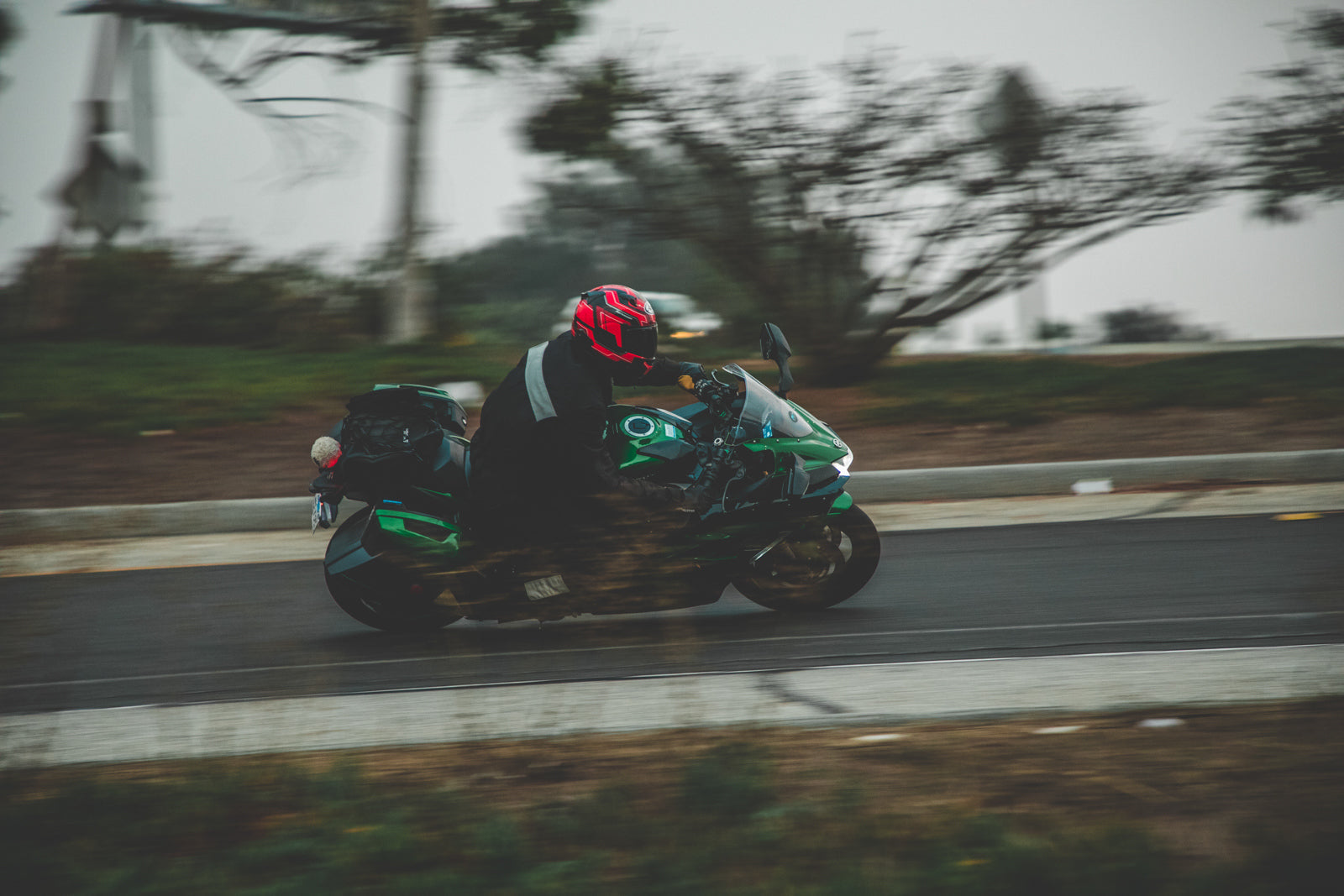
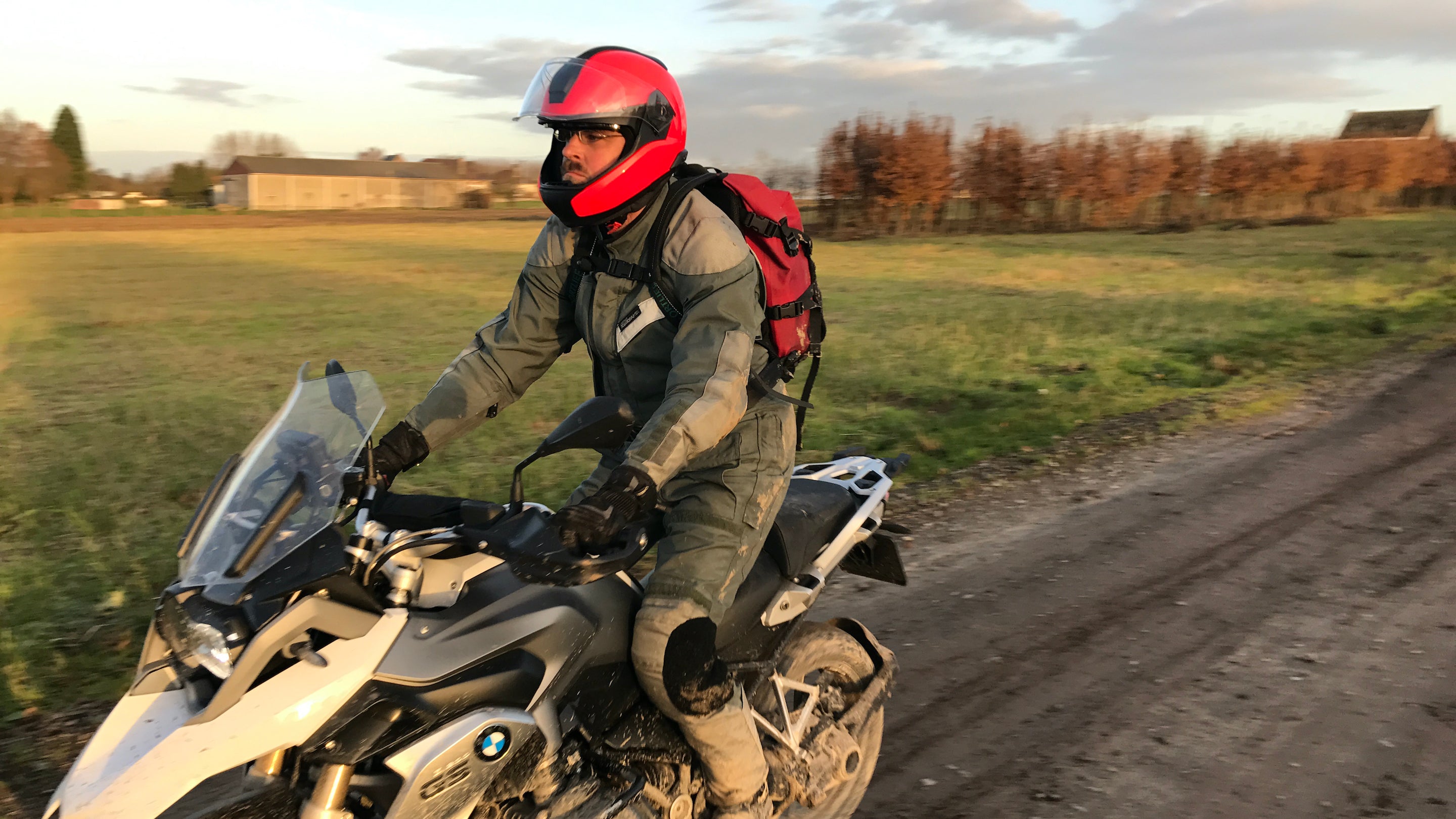
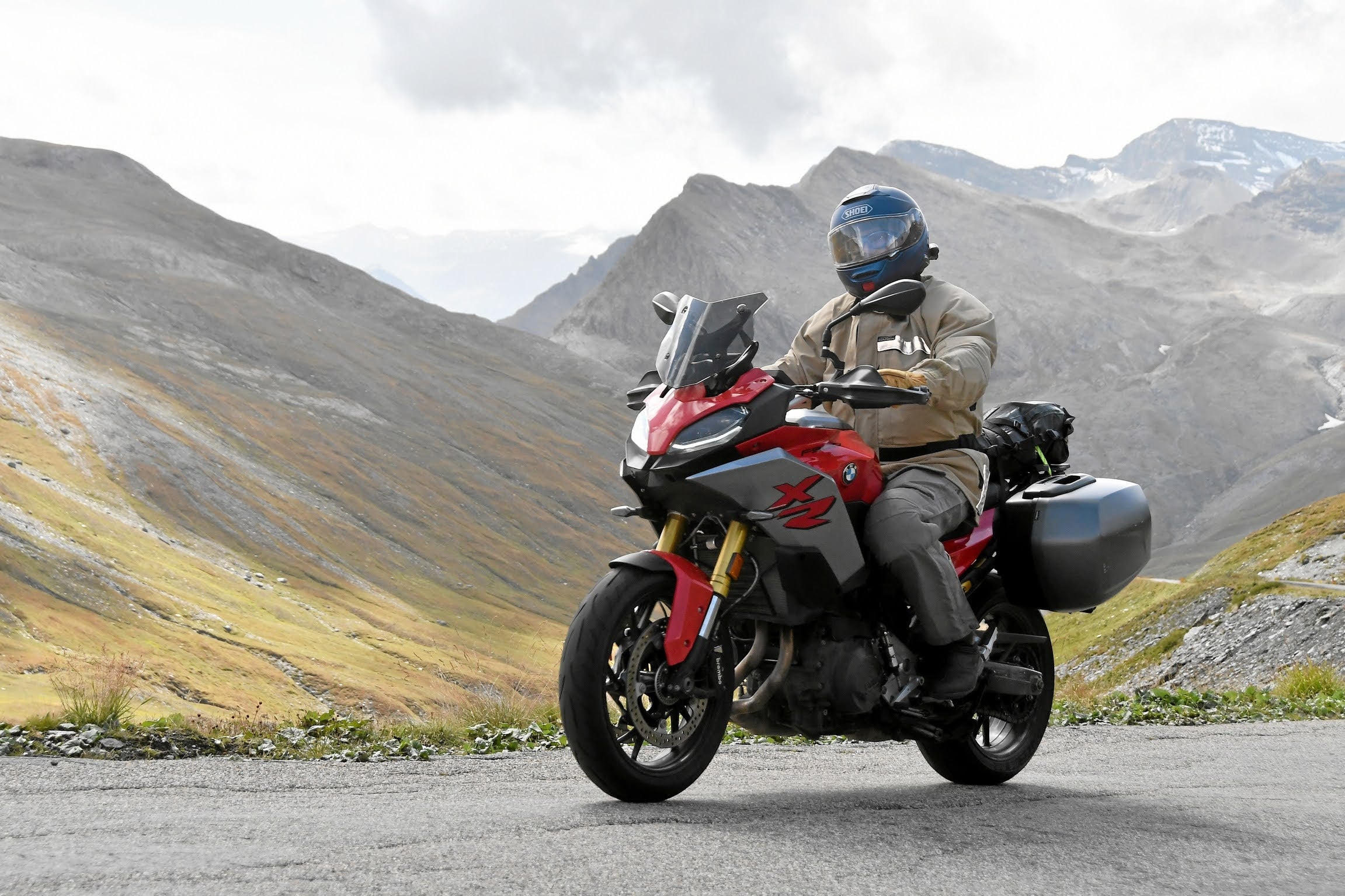
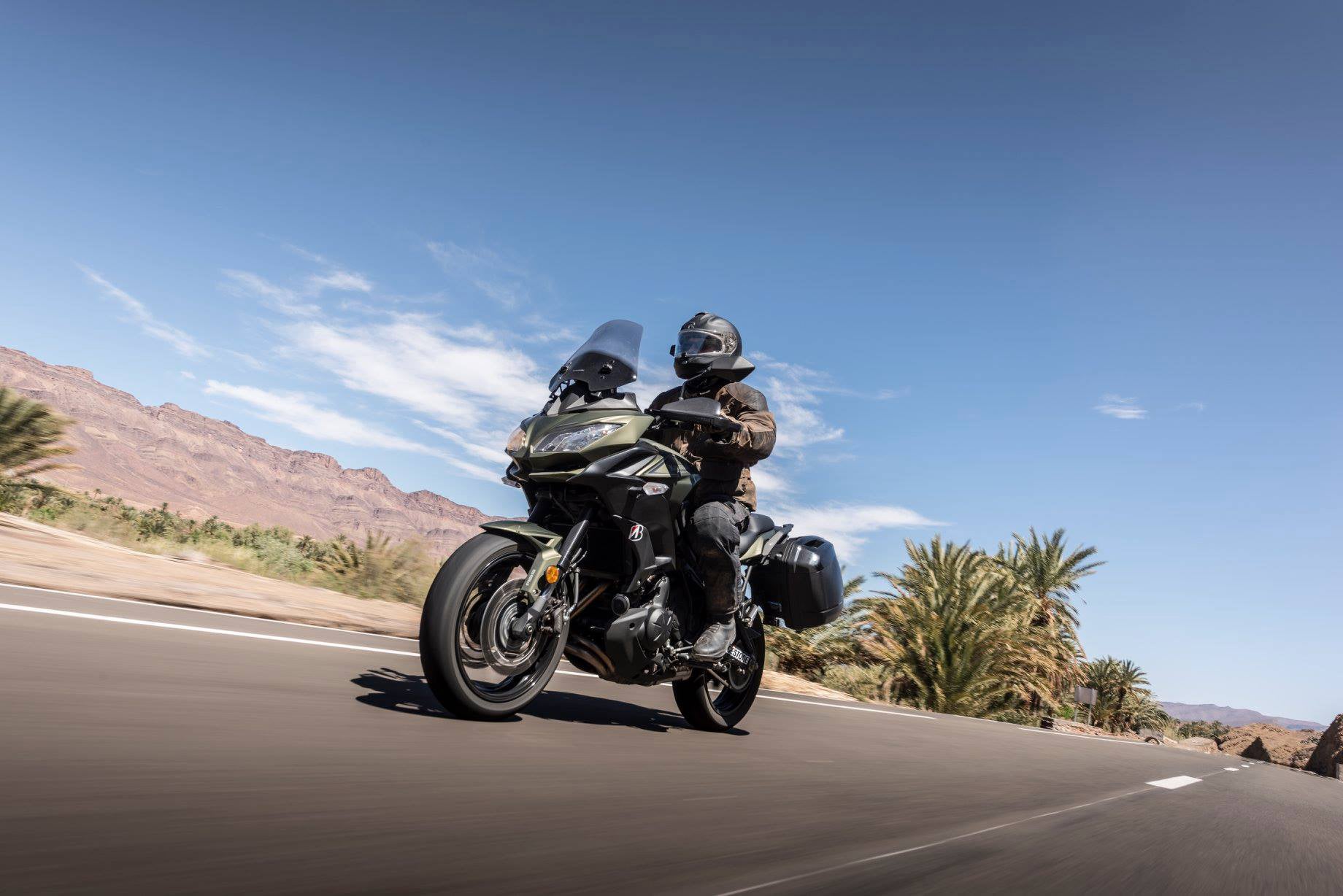
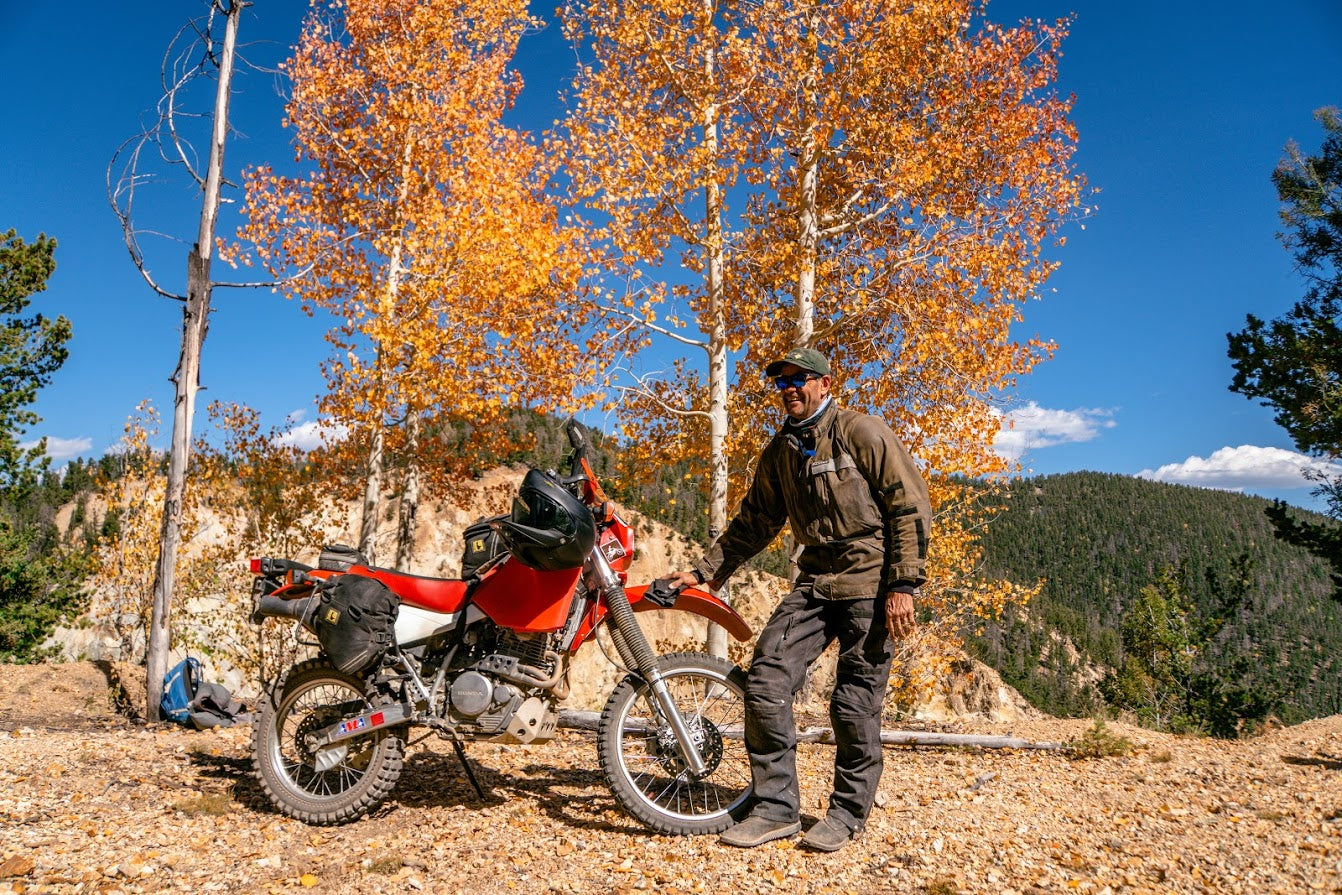
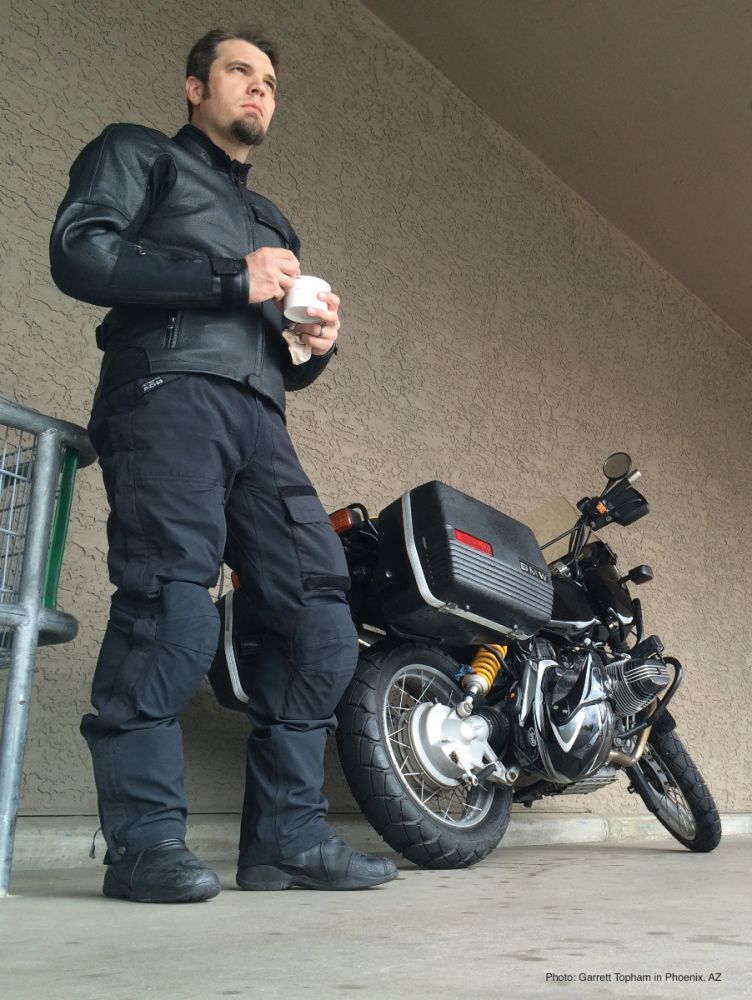
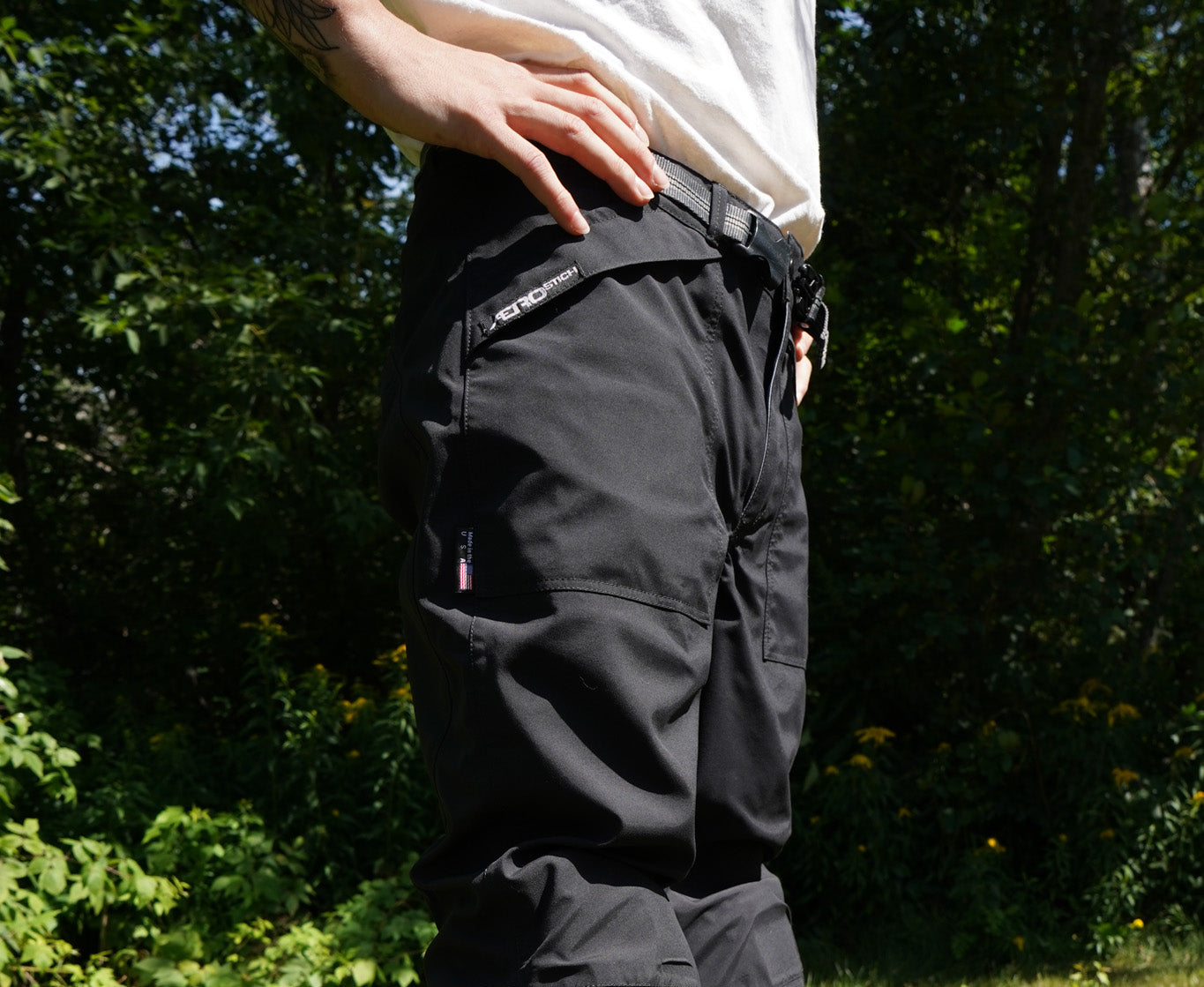
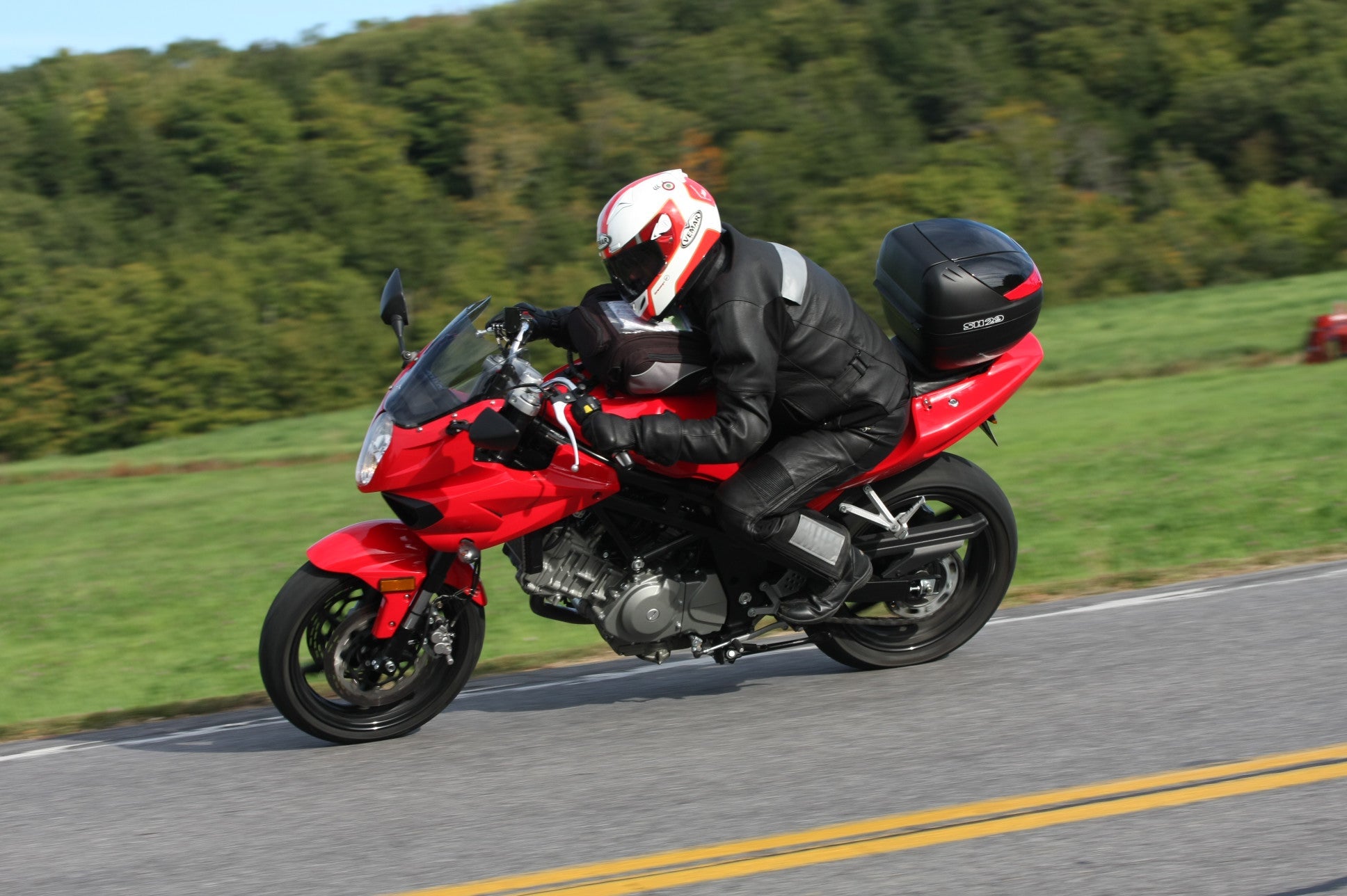
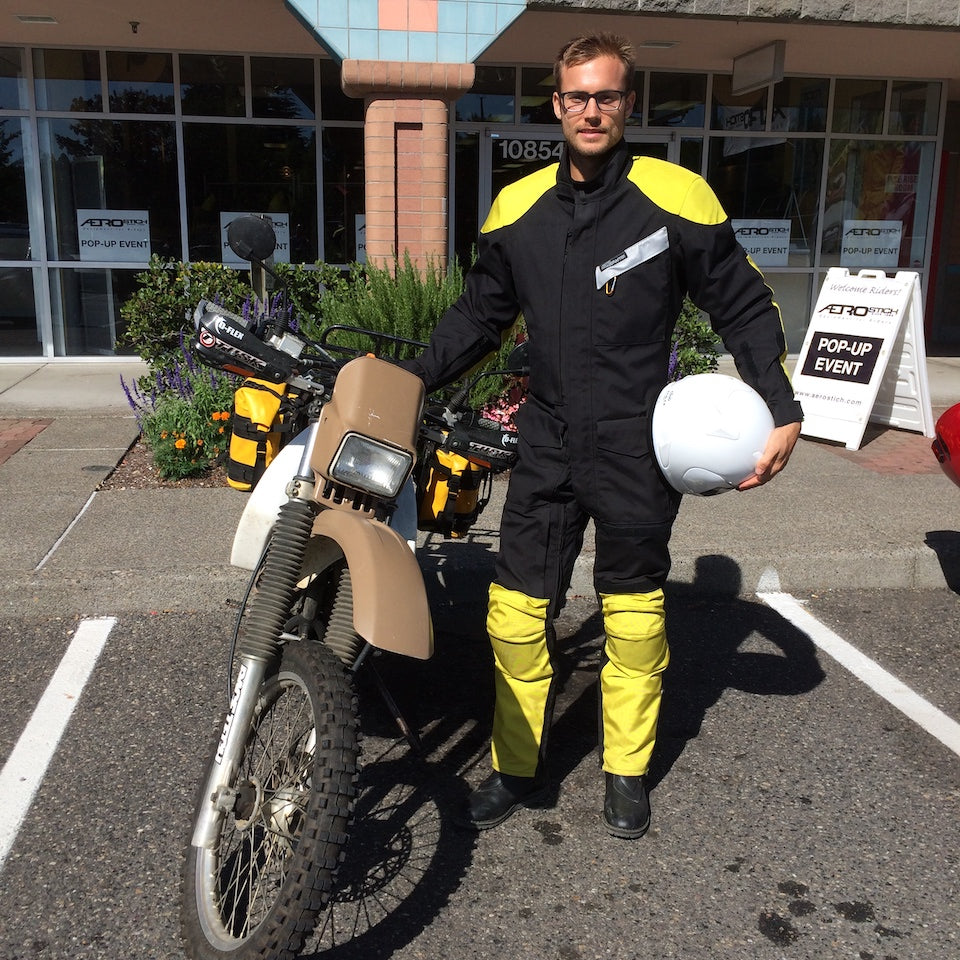



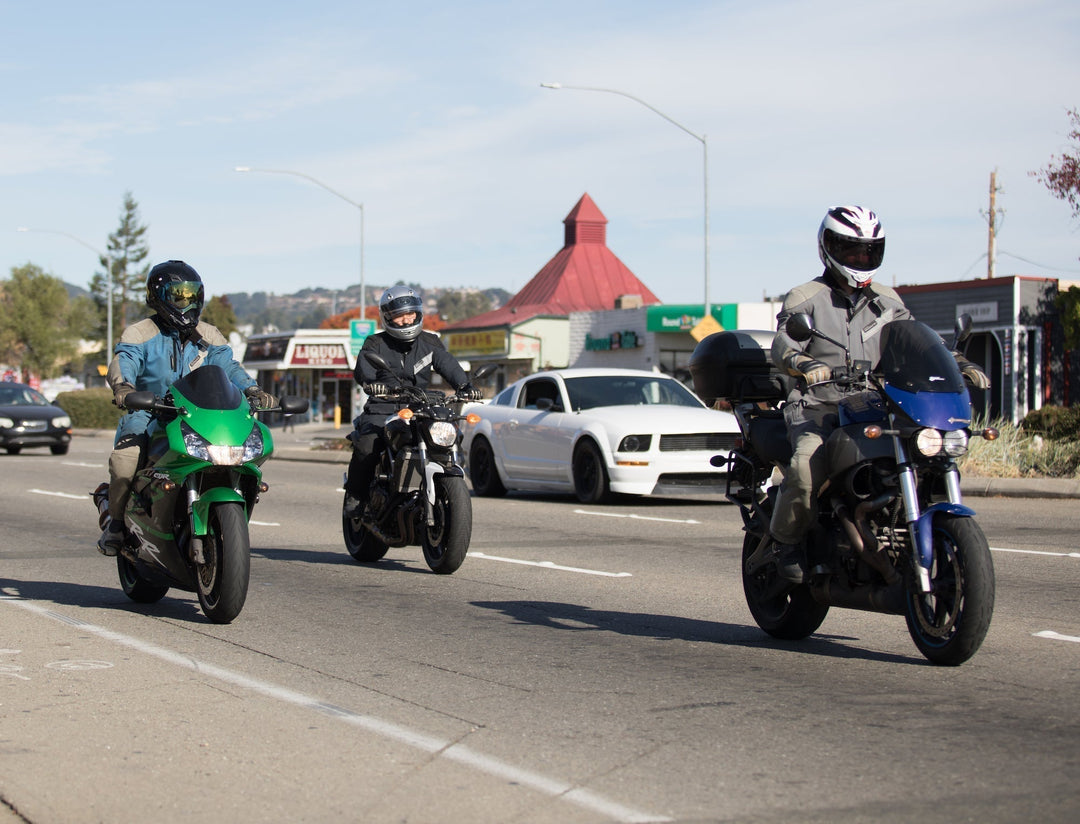
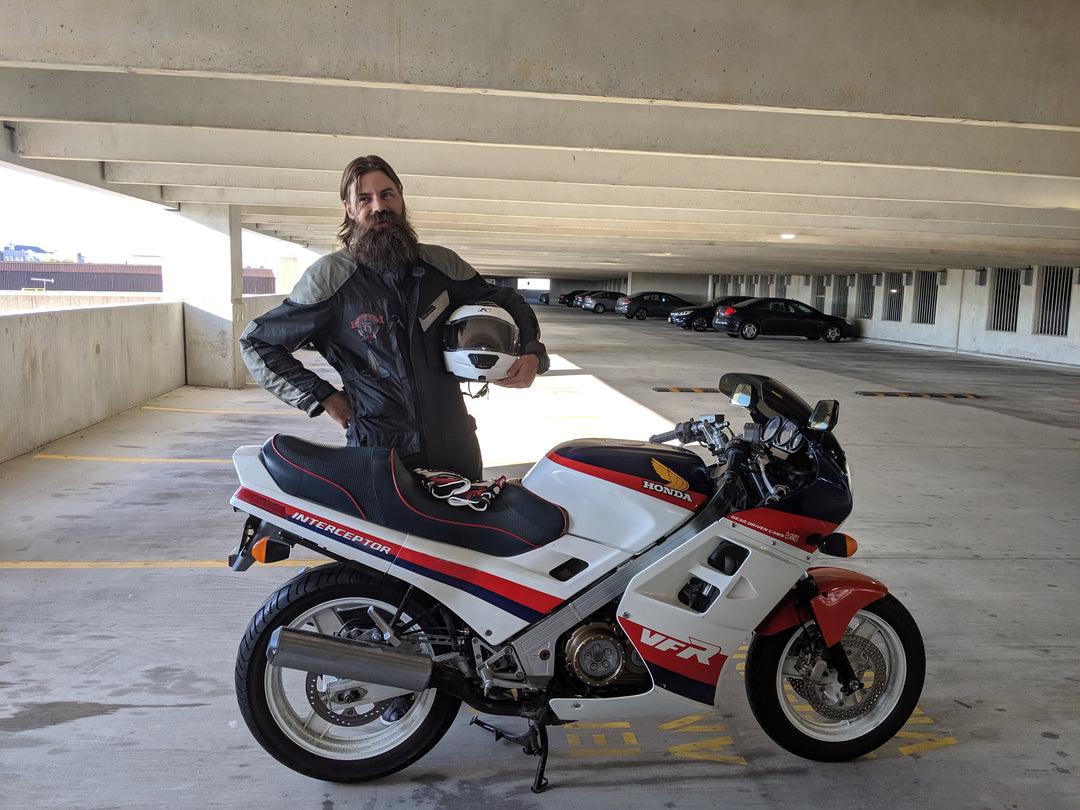
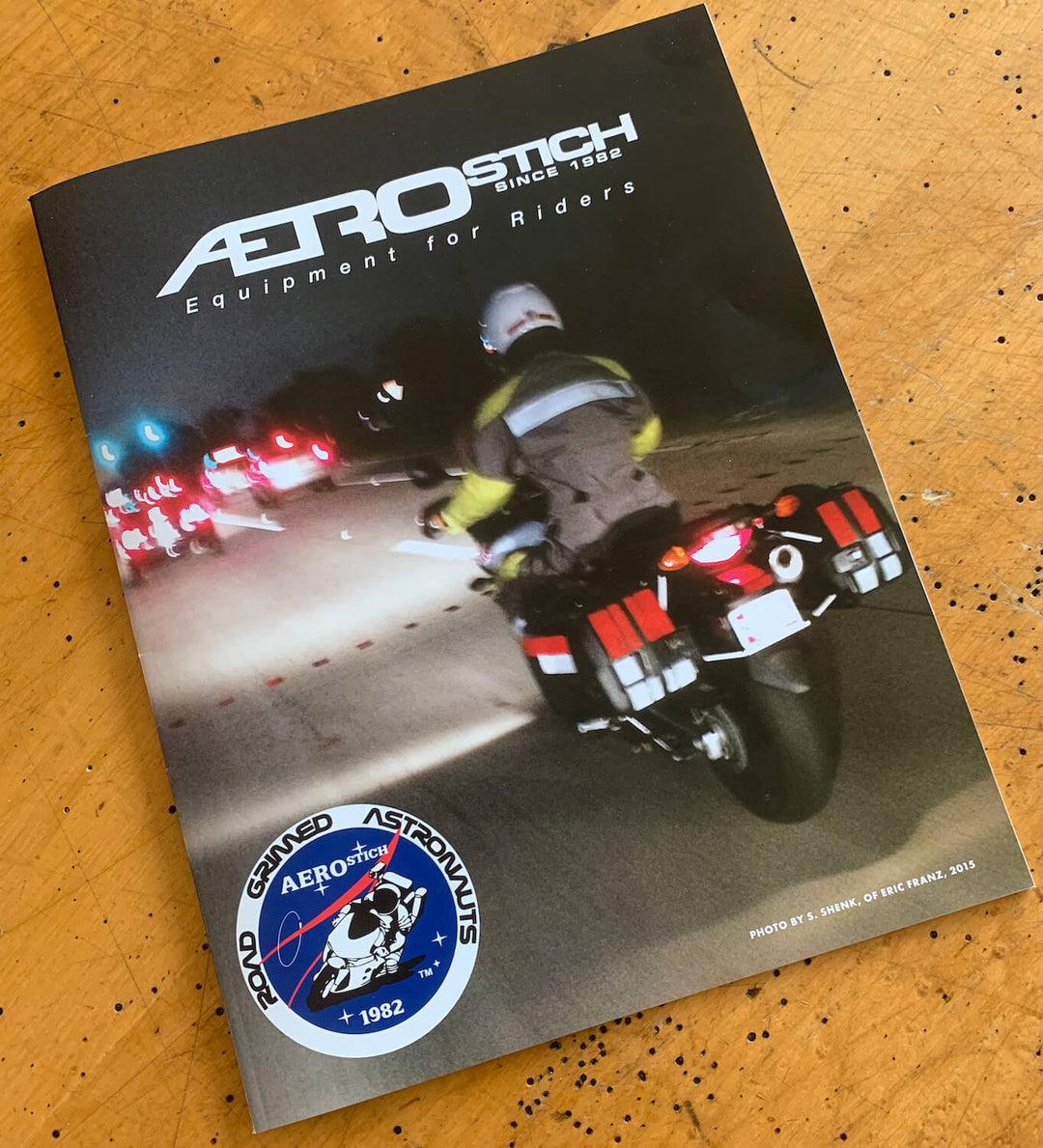
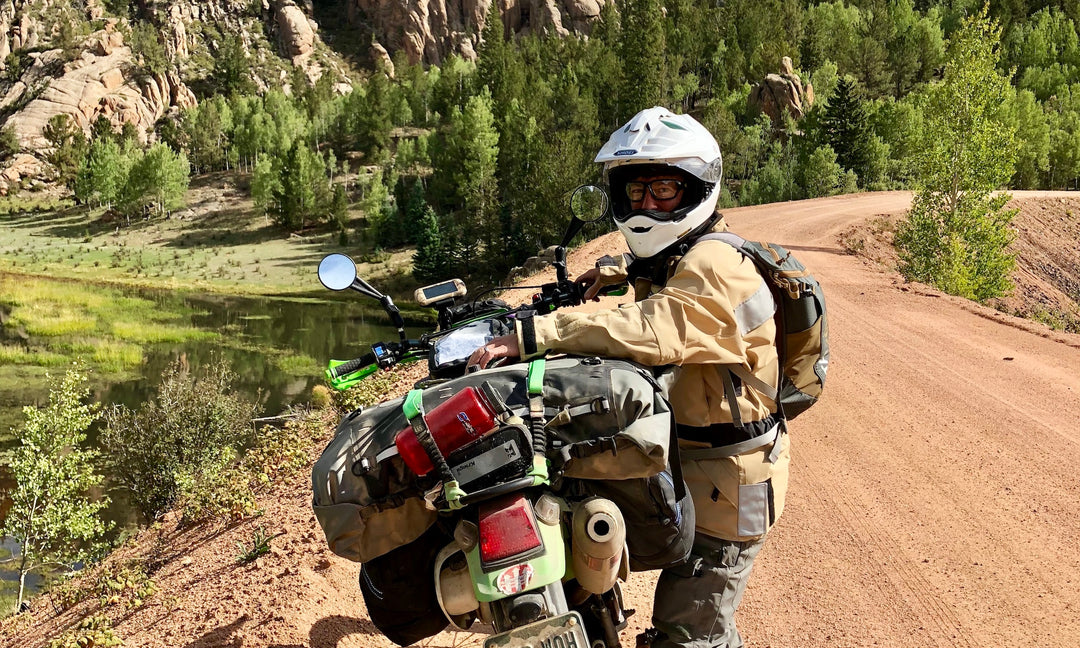
I live in Kentucky , but , have been riding in 48 of the other states , so far. I was on my way to the Opening of the Kentucky Speedway for an ARCA Race under the lights. I had ridden to the Ohio River and followed it east to go to the Speedway. On the 2 lane road going up the hill from the river traffic was backed up. I was on my air-cooled Ducati and after a half hour or more of holding my place and pushing up the hill , I was done with that. It was clear that everyone in line was going to the same place. I pulled out and began easing along @ maybe 10 mph. My fellow race fans shouted at me , some threw their doors open , not sure how they thought that was going to work out ,some jutted their driver’s side fenders in my path . I maneuvered away , increased my speed and signaled to those that still tried to assault me , that they were #1 with my finger. It was nice getting to the track and having the parking guys wave me to the MC parking area , right behind the bleachers. Not a good introduction to the lane splitting game.
A few years later I flew to San Jose and rented a 900 Triumph to ride and experienced lane splitting with cage drivers who weren’t out to kill me. That was better.
Years on , a buddy and I were on Long Island to visit friends on our way to pick up my e-bay purchase an MZ Skorpion. We left the van in Hicksville at Dave Roper’s house and rode into the city for Bike Night at Bar Matchless. After getting lost on the way we ended up on a clogged freeway down near the Verrazzano Narrows Bridge. After a few minutes I said “Let’s go!” He followed , but soon fell behind , I kept going and eventually pulled over on a verge under the bridge . There was another rider there doing the same thing , waiting for his buddy. We finally got back together and made our way to the bar. Dave was still there , but , ready to go home. We hung out , closed the bar and then rode across the Brooklyn Bridge into Manhattan . After staying up all night we rendezvoused with Dave @ Team Obsolete World Headquarters. Finally it was time to get some rest , unfortunately the expressways was grid-locked. So lane splitting again , and getting separated again. These so-called New York sophisticates were just as crude and homicidal as the race attendees in Kentucky , for 40 miles , this time. We did survive . My buddy was not pleased with this kind of riding.
Jump forward to 2015 , my son and I took an Edelweiss trip through the Austrian and Italian Alps . Such a pleasure to ride in places where auto drivers seemed pleased to share the roads with bikes , probably because they had been riders at sometime in their lives . Split lane to move forward ? No problem , these guys even squeeze toward the shoulder to give bikes passing room.
So , yes on legal lane splitting . I do think it will take a decade or more to condition American drivers that sharing is a good thing and that that motorcycle that moves past you carefully is not dissing your manliness . Let’s all be human to each other.
I am 69 years of age and thus far have lived in SoCal my whole life. I have been riding since I was 13, about 1964-65 in my moms car on the Pasadena Fwy, as a little kid I can still see the CHP officer on his Big Pan Head, splitting he was little officer that reminded me of Barney on the Andy Griffith show, I thought that he was a really strong guy to be able to do that. I try to not take a car and ride as much as possible. When I am splitting and passing cars and trucks with MC stickers on there windows I can’t understand why more people in SoCal don’t ride. Once I was on a road trip and pulled up in front of the line might have been out of state traffic was stopped for road construction, A worker and person in a car said that they did not like what I did it was a 100f that day I said this is my payoff I don’t have cold drinks an AC, they kinda noded and did not say anything else. In the city we have lots of bicycle lanes that don’t get used a friend of mine calls these our Dimond lanes, I know we will be in trouble someday but they work well, I think that it is good to wave a thank you when people move over, Kindness and respect go a long way for a positive image. In the city I pull into the crosswalk if there are no Peds around, that way I can see the intersection better and think it is a safe place. I can always think that I will be 1st off the line but I sometimes think, if next to an electric car I might lose this race. I also like the parking as a rider most of the time. I have been in other states an split before forgetting about local laws, people honk and yell and get really upset. Remember light turns green look both ways 1st whether on 2 wheels or 4. Thanks this opportunity to write Andy.
Hey the roll out of splitting is missing what one does when arriving at the front . California you slide over one , two, three , four and more bikes as more and more bikes come forward – don’t leave bikers stuck between cages. The educators on MNDot tv haven’t done it …
I grew up riding on the East Coast where lane splitting was generally considered insane. When I first moved to California, I thought it was way too dangerous for me and all about “Harley engines overheating” and “saving time.” Late one night I happened to stop in at a diner in LA and there were a couple of California Highway Patrol motorcycle police getting coffee. So I asked them:“What’s the deal about lane splitting in California?”
Much to my surprise, they said they highly recommend it and .it was about safety. They claimed that they get called out “all the time” for motorcyclists that have been rear-ended on the highways, but they “never” get called out for lane-splitting. Worst comes to worst they said a lane splitter might knock off a mirror, but they don’t get killed.
A couple of months later I was in bumper-to-bumper traffic on highway 101. Behind me was a woman in a monster Ford Expedition who was clearly spending more time looking at her phone than watching the creeping line of vehicles ahead of her. She would periodically look up and hit the gas to close the gap between her bumper and my bike. After a few minutes, I thought I’ve got to get out of here. That’s the first time I lane split.
It’s not about hooliganism or allowing motorcyclists to get somewhere faster. If done right, it’s about safety. Thanks to a multi-year public information campaign, more and more here in California, I see motorists moving over for lane splitting motorcycles. I hope the other states that have recently legalized lane splitting also push out public awareness campaigns.
You’ve just got to read the road, be judicious and if it doesn’t feel right (i.e., too many people changing lanes, oversized trucks, etc.), just stay in line. I would love to see lane splitting go nation-wide.
I am a flatlander from Kansas. My friend Jim and I had the opportunity to “Go All The Way” with Run For The Wall in May, 2016. We rode from Eastern Kansas to Ontario, California to begin the mission. We had an afternoon free a day before the run started, so Jim told me he wanted to go see the ocean and get some sand from the beach for his girlfriend. I, being of marginal mind and sound body said “sure, I’ll go”. We left Ontario a little after 1:00 pm and headed to Newport Beach. “It’s only 46 miles, Piece of cake”…. The journey out was pretty much non-eventful, being in the early afternoon, we got to the beach, got some sand, stuck our toes in the water and headed back By this time it was around 3, and the traffic had picked up considerably, the wind had died down some, and the temperature had risen to the low 90’s. We were being good flatlanders, staying in our lanes and watching motorbikes of all stripes, from sport bikes to baggers, partaking of the magic of lane splitting. We had moved only a couple of miles when Jim became curious about the lane splitting. I explained the basic unofficial rules to him and we went another couple of slow miles going even so far as shutting the bikes down to keep the heat manageable. Jim finally said “what do you think”? I said “I’m willing if you are.” Jim pulled out and I followed into the space between the HOV lane and the fast (?) lane and began to move again. It was amazing! The cage drivers actually were looking out for us and would move over a bit to let our Harley baggers through as long as the traffic was moving slowly. Once the traffic would move along around 25 or 30mph, the cars would move to the center of their lanes and we would stay in the gap area but not pass. Of course, there were many “more experienced” lane splitters that had to move over between other lanes to pass at higher speeds than we were going, some of them maybe 40 miles faster than the traffic. There were a few times we seemed to get uncomfortably close to another vehicle, but we were moving slowly at the time. We made it back to Ontario without incident long before we would have made it without the lane splitting. Jim’s (retired police Captain in our little town) comments afterwards were, “I have arrested people for doing that!” and “A good friend will go along with you even if he knows you’re doing something stupid”. We made the Run For The Wall all the way to Washington, DC over the next 10 days and made it back home fine.
Leave a comment